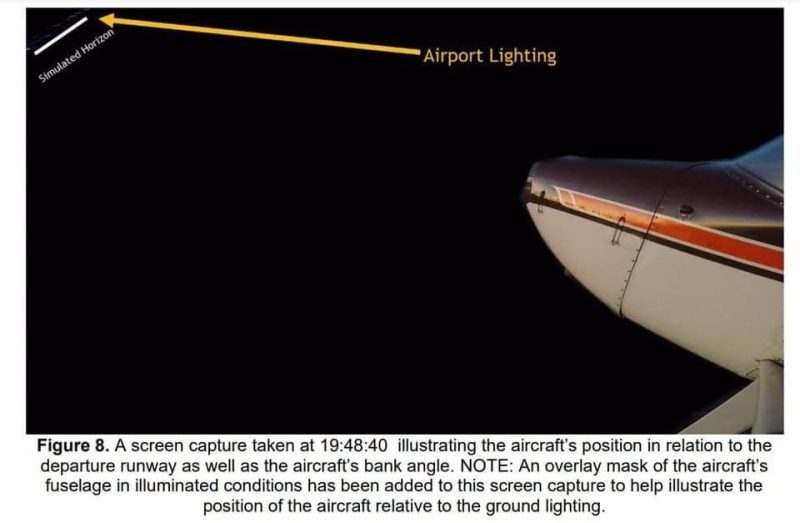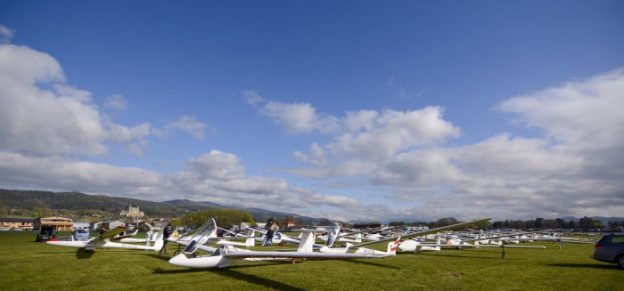Something as small as an incorrect transponder setting can lead to an accident if you allow yourself to become distracted. Here’s how this pilot nearly lost control on takeoff, and what you can do to avoid the same mistake.
A Chain Of Distractions
In a NASA ASRS report, a Cessna 182 Skylane pilot described the circumstances surrounding a momentary loss of control during takeoff with an incorrect transponder setting:
„After receiving my IFR clearance, I was interrupted by a passenger question while I was setting the transponder code. This caused the transponder to be set incorrectly. I failed to notice this error during the remainder of the preflight. During the takeoff roll, I looked down and saw the incorrect setting of the transponder and allowed myself to be distracted. I reached down to set the transponder. At that time the airplane veered right. Upon noticing the problem I corrected and completed the takeoff.
Two Things Went Wrong Here:
1) The pilot became distracted by a passenger question at a critical moment: while entering IFR clearance information.
2) The pilot attempted to change the transponder setting during a critical phase of flight: the takeoff roll.
What Could Have Been Done Differently
It’s easy to get distracted by passengers and their questions in any phase of flight – even on the ground. The best thing you can do is brief them about when and where it’s appropriate to ask questions. If you’re busy entering clearance information, let them know you’ll get back to their question as soon as you’re done.
Running the fine line between being perceived as rude or focused is tough. But if you explain to your passengers (before the flight) about good and bad times to talk, you’ll reduce the chance of distractions at critical phases of your flight.
When You Realize Something Is Wrong
A skill pilots develop over time is deciding what’s critical and what’s not. Changing the transponder during the takeoff roll isn’t critical to flight safety, so it’s unnecessary at that moment. Even with the passenger’s distraction, this situation could’ve been avoided had the pilot waited to reset the transponder during the climb. In most cases, ATC won’t radar identify you until you’re on with approach control or center, and that typically happens several minutes into the flight. And even if your transponder isn’t set correctly, ATC will let you know so you can correct it. It’s far more important to focus on flying the airplane when you’re at a high speed close to the ground (or on the ground). Unless something directly affects your safety or the flight characteristics of your plane, avoid becoming distracted by unnecessary „fixes“ during critical phases of flight. Source: ‚Boldmethod‚.






